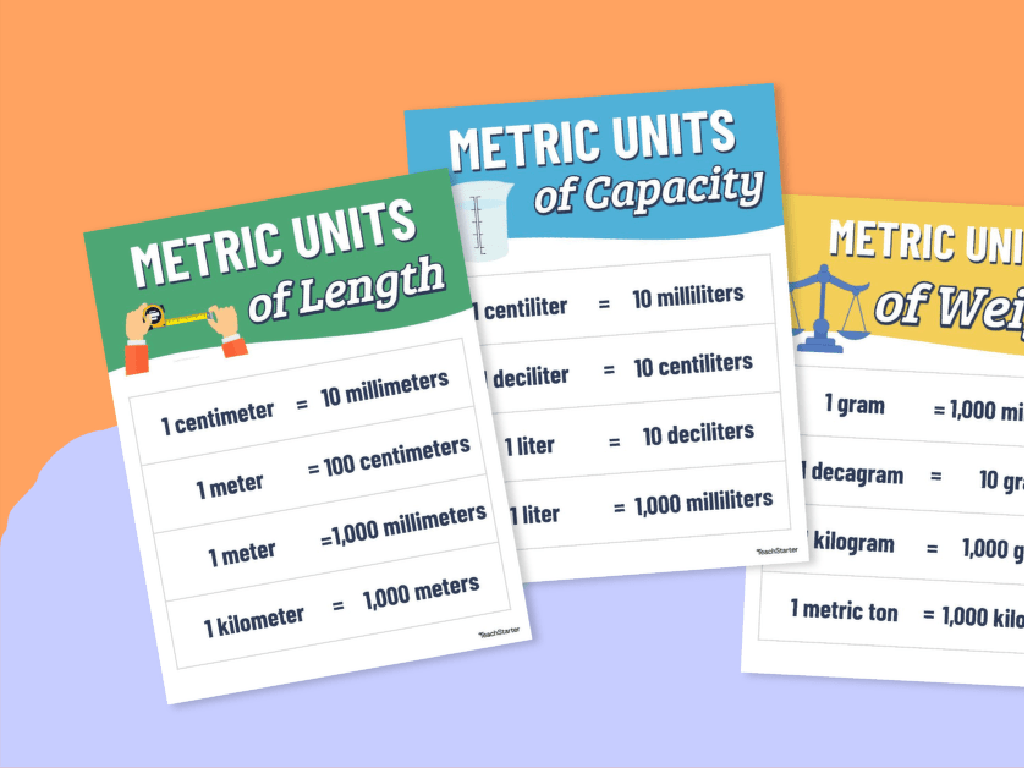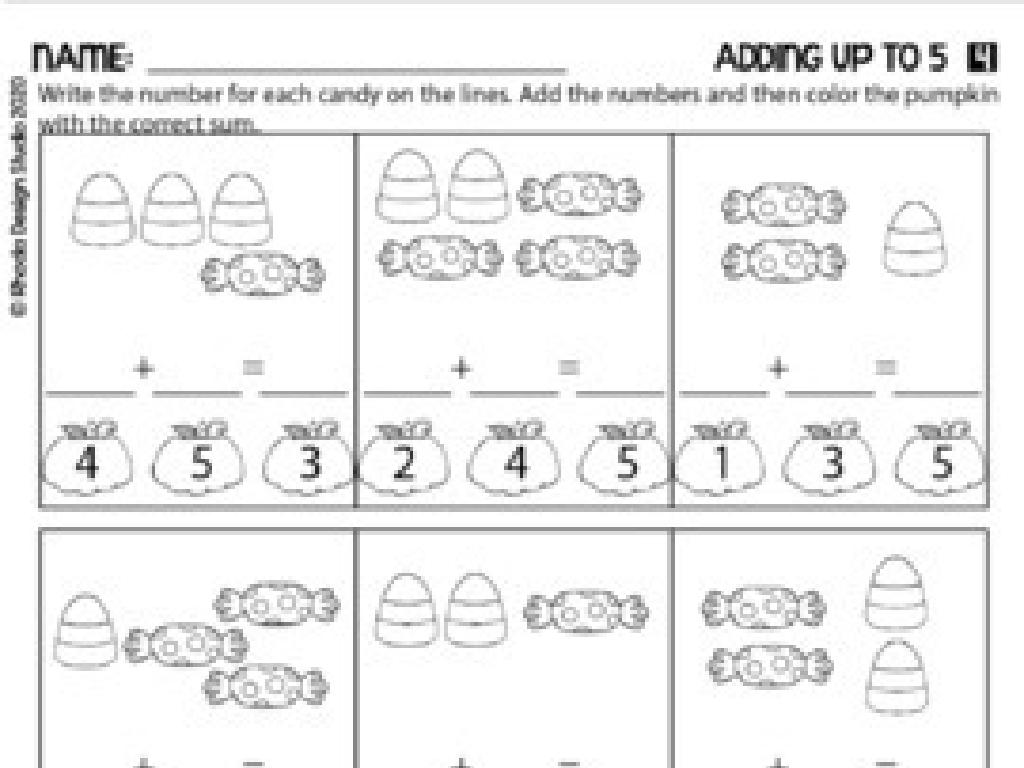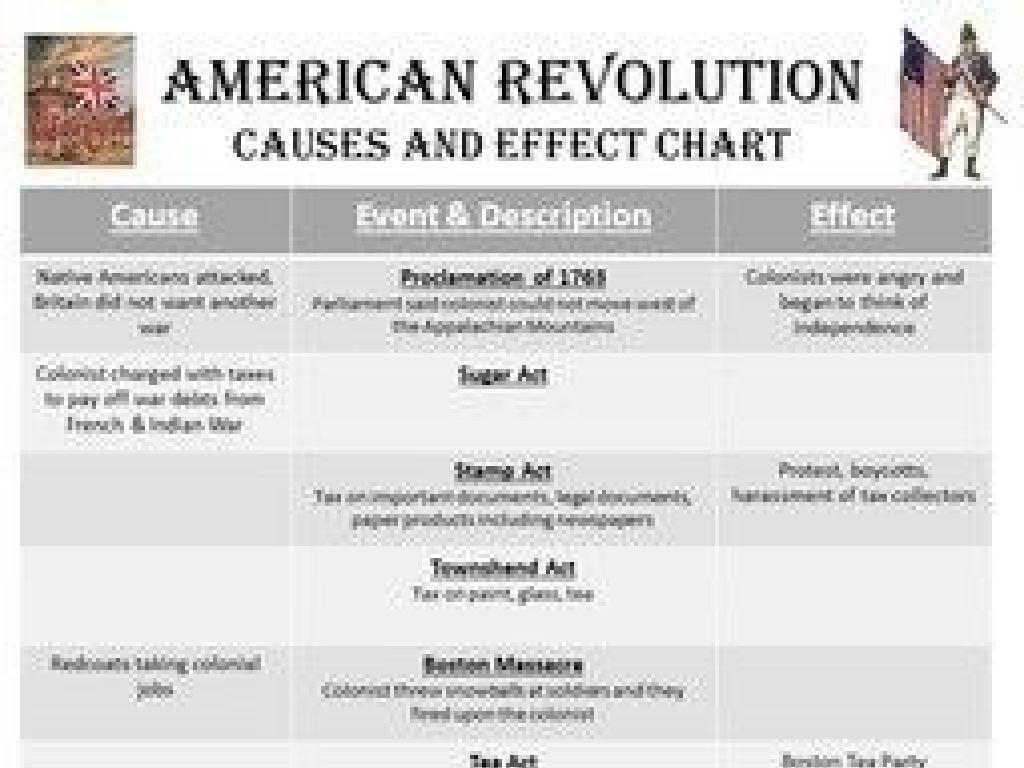Gases
Subject: Science
Grade: High school
Topic: Chemistry
Please LOG IN to download the presentation. Access is available to registered users only.
View More Content
Introduction to Gases: Exploring Their Role
– Gases as a state of matter
– Gases have no fixed shape or volume, filling their container.
– Everyday examples of gases
– Oxygen we breathe, carbon dioxide in sodas, helium in balloons.
– Significance of gas studies
– Understanding gases is key to grasping chemical reactions and processes.
– Impact on real-world applications
– Knowledge of gases is crucial in fields like medicine, environment, and industry.
|
This slide introduces the concept of gases as one of the fundamental states of matter, emphasizing their unique properties such as having no fixed shape or volume. Highlight everyday gases like oxygen, carbon dioxide, and helium to make the topic relatable. Explain the importance of studying gases in chemistry, as it is essential for understanding various chemical reactions and processes. Discuss how this knowledge applies to real-world scenarios, including medical applications, environmental monitoring, and industrial processes. Encourage students to think of more examples of gases and their importance in our daily lives.
Properties of Gases
– Gases possess mass
– Despite being invisible, gases have weight.
– Gases occupy container volume
– Gases expand to fill the shape and volume of their container.
– Gases can be compressed
– Applying pressure reduces gas volume.
– Gases diffuse and effuse
– Gases spread out and can pass through small openings.
|
This slide aims to introduce the fundamental properties of gases to high school students. Start by explaining that all matter, including gases, has mass, which can be demonstrated by weighing a balloon before and after inflating it. Discuss how gases will expand to fill the entirety of their container, regardless of the container’s shape or size. Highlight the compressibility of gases by showing how a gas’s volume decreases under pressure, which is why we can store gases in cylinders under high pressure. Lastly, explain diffusion and effusion with examples like a helium balloon slowly losing its gas or the smell of perfume spreading in a room. These properties are essential for understanding gas behavior in further topics like gas laws.
The Fundamental Gas Laws
– Boyle’s Law: P inversely V
– As pressure (P) increases, volume (V) decreases.
– Charles’s Law: V directly T
– As temperature (T) increases, so does volume (V).
– Avogadro’s Law: V directly n
– More moles (n) of gas increase volume (V).
– The Ideal Gas Law: PV=nRT
– It combines all laws to relate P, V, T, and n.
|
This slide introduces the core principles of gas behavior under various conditions. Boyle’s Law demonstrates the inverse relationship between pressure and volume, meaning if one increases, the other decreases, provided temperature remains constant. Charles’s Law shows the direct proportionality between volume and temperature, indicating that as temperature rises, volume does too, if pressure is constant. Avogadro’s Law states that volume is directly proportional to the number of moles of gas, with constant temperature and pressure. The Ideal Gas Law is a comprehensive equation that combines these relationships, allowing us to calculate one property if the others are known. Encourage students to understand these laws not just mathematically but conceptually, as they explain how gases behave in real-world scenarios.
Real Gases vs. Ideal Gases
– Defining an Ideal Gas
– An ideal gas perfectly follows the gas laws under all conditions.
– When do gases behave ideally?
– Low pressure and high temperature often lead to ideal behavior.
– Real Gases and Deviations
– Real gases deviate from the gas laws, especially under high pressure and low temperature.
– Factors causing deviations
– Deviations occur due to intermolecular forces and volume of gas particles.
|
This slide aims to contrast ideal gases with real gases, highlighting the conditions under which gases can be approximated as ideal and when they deviate from this behavior. Ideal gases are hypothetical and follow the gas laws precisely, without any exceptions. In reality, gases tend to behave ideally at low pressures and high temperatures where the particles are far apart and interactions are minimal. However, real gases deviate from ideal behavior when subjected to high pressures and low temperatures, as the particles are closer together, leading to significant intermolecular forces and the non-negligible volume of the particles themselves. Discuss the implications of these deviations for real-world applications and the importance of understanding both concepts in chemistry.
Applications of Gas Laws in Daily Life
– Gas laws in everyday scenarios
– E.g., air pressure in tires, balloons
– Industrial uses of gas laws
– E.g., manufacturing processes, refrigeration
– Medical applications of gas laws
– E.g., respiratory therapy, anesthetics
– Gas laws in technology
– E.g., electronics, airbags in vehicles
|
This slide aims to illustrate the practical applications of gas laws beyond the classroom. Students should see how these principles are integral to various aspects of daily life. For instance, understanding the relationship between temperature and pressure is crucial when filling car tires. In industry, gas laws are essential for processes like refrigeration and manufacturing. In the medical field, they are applied in respiratory therapies and administering anesthetics. Technology also relies on gas laws, such as in the deployment of airbags. Encourage students to think of other examples where gas laws might be at play in their daily lives.
Class Activity: Experimenting with Gases
– Observe gas expansion demonstration
– Measure gas pressure hands-on
Use a syringe or balloon to measure pressure changes.
– Discuss observations in groups
– Relate findings to Gas Laws
Connect observations with Boyle’s, Charles’s, and Gay-Lussac’s laws.
|
This slide outlines a class activity focused on experimenting with gases to understand their properties. Begin with a teacher-led demonstration to show how gases expand when heated. Students will then engage in a hands-on activity to measure the pressure of a gas, using tools like a syringe or a balloon. After the activities, students will form groups to discuss their observations. The discussion should guide them to relate their empirical findings to the theoretical Gas Laws, specifically Boyle’s Law (pressure-volume relationship), Charles’s Law (volume-temperature relationship), and Gay-Lussac’s Law (pressure-temperature relationship). Provide detailed guidelines for the teacher to ensure safety during the experiments and facilitate the group discussions effectively. Suggest different scenarios or variables that students can test, such as changing the temperature or volume, to observe the effects on gas pressure.






